SEARCH






|
|
|
|


by Yvette Depaepe
Published the 16th of September 2024
Asako Naruto's unique individuality in composition and technique allows her to bring a fresh visual pleasure to street photography. For her, photography is an addictive pleasure, but also a kind of therapy. She quotes: 'Words cannot describe the emotion and joy I feel when I look into the lens of my camera, or when I realise that the street corner I happened to see with my naked eye is completely different from the scene I see through the lens of my camera. The joy of making new discoveries in everyday life is also food for the soul and a way to relieve boredom.'
Dear Asako, first of all, please introduce yourself and tell us about yourself, your hobbies or any other jobs/projects you are involved in!
Hello to all 1X photographers and thank you for this great opportunity.
I, Asako Naruto, am a Japanese photography enthusiast living in Madrid. After graduating from Musashino Art University in Tokyo with a degree in Science of Design, I returned to Nagoya University to study Western Art History. I specialised in religious art from Mannerism to the Baroque, with a particular focus on the works of El Greco. This is why I came to Madrid in 2005 as a PhD student and have lived here ever since. I am married to a Spanish man and we have a son, now 12, who is almost the only model in the few portraits I have done.
I am normally a company employee. However, my identity lies in my photographic activities, which I consider to be more than just a hobby. In recent years I have concentrated on creating a series that projects my introspective themes onto scenes I encounter on the street, some of which are also available on my website.
'Curious binocular'
Your street photography is outstanding. All of your images undeniably bear your signature. What does street photography mean to you?
For me, it is not only an addictive pleasure, but also a kind of therapy. I often take photographs as part of my daily activities, but words cannot describe the emotion and joy I feel when I look into the lens of my camera or when I check the data I have captured and realise that the street corner I happened to see with my naked eye is completely different from the scene I see through the lens of my camera. The joy of making new discoveries in everyday life is also food for the soul and a way to relieve boredom. It can be similar to the excitement you feel when you take a common ingredient and make it delicious with a novel cooking method, or when you discover an unknown and wonderful side of a person close to you. I am sure every street photographer has experienced this.
'Stepping shadow'
'Quiet Corner'
'turquoise blue'
'Time'
What first drew you to street photography and how did you discover it?
I'd had a few brief lessons in photographic techniques when I was a student at art college, but it wasn't until around 2020 that I realised that photography was the most appropriate way for me to express myself. In my case, the main reason was that I had more time for introspection during the pandemic. My main style is to walk around my neighbourhood and take photos within a time limit, but since I don't have a driving licence, it was natural for me to take photos of the city as part of my daily mobility. Also, when I first started photographing, I was enlightened by the fascinating street photography of the New Color School photographers, which may have pushed me.
What do you think makes a memorable street photograph?
Regardless of the genre, it is important that the work is strong enough to make a lasting impression at first glance. In street photography in particular, I think the most memorable photographs are those that bring a fresh visual pleasure to an already familiar subject through unique individuality in composition and approach techniques. I sometimes photograph the same subject under different conditions over a long period of time out of pure creative curiosity. This curiosity is, in other words, a struggle to make the work as memorable as possible.
'My story continues'
'Here'
Could you describe your overall photographic vision, Asako?
Like the Madeleine metaphor used by Marcel Proust in his masterpiece, I have a strong desire to propose a photographic expression that evokes the sensation of seeing something that is not in front of us, or a subjective memory. This concept underlies all my work. A similar mechanism of inspiration is also discussed in the work "Haikai Theory" by Torahiko Terada, a Japanese physicist known for his famous literary essays, which has had a great personal influence on my photographic work.
As a photographer, I have always been drawn to imaginative and suggestive subjects. For example, reflections on water or glass, shadows and landscapes seen through media such as vinyl or construction netting. I have a strong tendency to be irresistibly drawn to the incomplete fragments that emerge through such indirect objects, or to images in which the object has been inadvertently transformed. As an expressive desire derived from this tendency, I have always intended to visualise words such as after-image, reverberation, trace and association.
'Unrevealed'
'Closing the day'
'One Thursday night'
'Sign'
"Reverb+Graphy", which won the Grand Prix at last year's PARIS INTERNATIONAL STREET PHOTO AWARDS 2023, and "Lost Silhouette", which just won the Gold Prize at this year's EPA, are series of works based on this creative intention.
Since childhood I have had a strong affinity for the arts in general, perhaps even more so than the visual arts, and have been influenced by music and literature. My latest series, 'Uncertain Moments', is a theatrical capture of moments of people standing next to each other without interacting, and was created with the intention of creating photographic illustrations to accompany my favourite novels and music.
'Uncertain Crossing'
'Unmemorable Passage'
How important is content versus form in street photography? Do you personally think one is more important than the other?
The general answer would be "it depends". My personal impression is that sometimes the two are inseparable, and at other times, if I have a strong formative sympathy for the subject, I can focus entirely on form alone. If I may speak from the tendency of my past work, in the case of thematic series I often begin production having first decided on the technical setting as a form. In most of the series I have produced, the thematic content, such as words and emotions, comes first, and then I start looking for a form to express it. For example, "Galactic Railroad in Reverberation", which will be published in issue 41 of "AAP MAGAZINE", is a series using prismatic filters. This series was created through repeated trial and error with form as a technical method of expressing content.
'Don't miss that train'
'Inside the Cocoon'
What do you want people to take away from your work?
Some of my work is thematic and some is born out of impulsive inspiration or impulse. Whatever style of work it is, I am not at all concerned with how the viewer feels about it. I hope you can take something away from my work. If a work is to be considered art, there should be many possibilities and gradations of interpretation.
What do you think are some of the clichés in street photography that you avoid?
Many of the techniques and compositions that I randomly tried as a beginner may have been an unconscious pursuit of clichés. However, I believe that these techniques and compositions eventually merge with the artist's personality, and if the work is artist-oriented, it will still be appealing even if a clichéd format is used.
What I personally avoid is the use of titles that seem clichéd in the broadest sense of the word. For example, I personally dislike the use of the word "untitled" as a title.
Who are some of your favourite photographers and how have they influenced you?
Ansel Adams, Robert Frank, William Eggleston, Saul Leiter, Diane Arbus, Steve McCurry, and the list goes on. But what really influenced my attitude was an essay by Daido Moriyama that I read when I was a beginner, in which he said, "No matter what kind of place is around the house where you live, it is important to keep shooting until there is really nothing left to shoot."
When you are out shooting - how much of it is instinctive and how much is planned?
In the case of a series of photographs created around a theme, it is often more planned than the usual street-snap style of shooting. Some of the series I have created have involved the deliberate use of prism filters and split dioptre filters. I use these filters not for the purpose of using them per se, but because I think they will be useful in realising the theme I have chosen, so I think about the time of day and light source that will give the best effect before I start shooting in a planned way. A series that took several months to complete, such as the Galaxy Express series, is quite planned. I photographed by first imagining the image I wanted, such as "a single figure on a platform with a street lamp". (e.g. the work entitled "Meteor Shower").
On the other hand, my everyday photography is more instinctive. The filters mentioned above were initially introduced out of playful curiosity and I found them useful for the subjects I wanted to produce as I instinctively tried them out on the street without thinking.
'Meteor Shower'
'Night travelers'
What equipment do you use (camera, lenses, bag)?
My main camera is a Sony A7III and my main lenses are the FE 24-105mm F4 G OSS and the Sigma 50mm F1.4 DG DN Art. I have other lenses, but I tend to use one of these two. My favourite is the Sigma 50mm, which is great for night photography, and I always use a Kenko Black Mist Filter (No5) with this lens at night. I also use my former primary camera, the Olympus E-M1 MKIII, as a secondary camera.
What software do you use to edit your images?
I use Lightroom Classic as a base and Photoshop or the NIK Collection as plug-ins.
Are there any specific directions you would like to take your photography and can you tell us about your future or projects you would like to be involved in?
My future goal now is to present my work as an exhibition or to publish a book of my work. 1X has been a great learning experience for me over the past 1 year and 8 months and I have also tried many international competitions. Little by little I feel that I need to do more than just focus on "getting awards by having my work judged", but to present my work myself.
What role has social media played in your photography?
I used to do other social networking things, but now I only use Instagram. I think it is better to have an Instagram account for my photography activities, both to introduce myself as a business card and to collect information related to photography.
Now that we are almost at the end of this interview, could you please tell us how you discovered 1X and what you think of it as a home base for your work?
I first became aware of 1X when I happened to read an explanation of it on the internet. I had a vague idea that one day I would like to try it. Every New Year, I make it a habit to set a photographic goal for the year, and for 2023, "try 1X" was one of them.
I have learned a lot from 1X, and I often get good inspiration from their web magazine.
Lately I have also been careful not to judge my work on the basis of whether it has been published or not. (I would like to say to all 1X users that, in my own experience, there are times when a work that has received a 1% rating on 1X still wins an award in an international competition. This has happened to me several times).
 | Write |
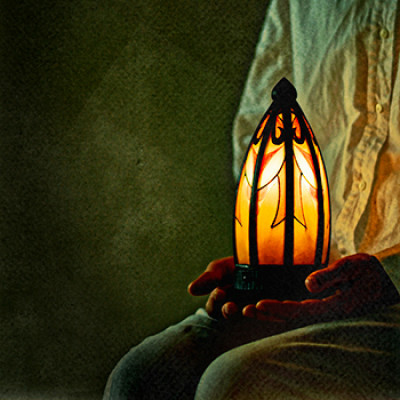 | Naoaki Miyamoto PRO Great gallery and insight, like the moods you create.
|
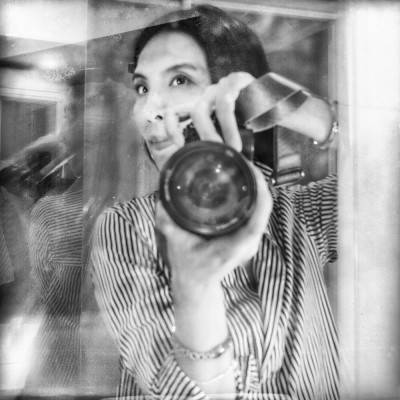 | Asako Naruto PRO Thank you for your warmd words! 宮本さんありがとうございます!(コメントに気づくのが遅くなりました) |
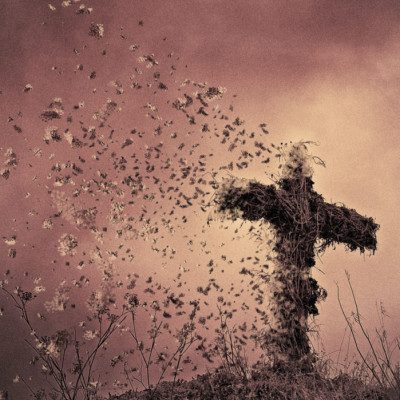 | txules PRO Outstanding gallery¡¡. Congrats |
 | Asako Naruto PRO Thank you so much!!!! |
 | Subhajit Das PRO Great work. Very inspiring. Many Congratulations!! |
 | Asako Naruto PRO Many thanks for your warm words! |
 | Kenichiro Nakamura PRO とても美しい!おめでとうございます! |
 | Asako Naruto PRO うれしいです、心よりありがとうございます |
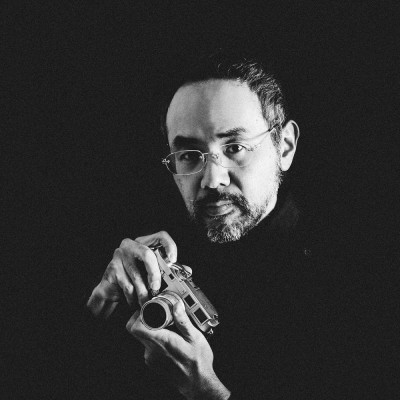 | Eiji Yamamoto PRO Thank you so much for the wonderful and interesting interview with the great artworks. Very inspired! |
 | Asako Naruto PRO Thank you so much Eiji san ,much appreciated! |
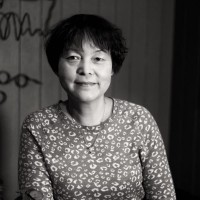 | Leah Xu PRO Nice images collection! |
 | Asako Naruto PRO Thank you so much for your kind words! |
 | Yasutaka Sameshima PRO アンソロジーとして出版して頂きたいと思います。 |
 | Asako Naruto PRO I'll keep dreaming that it will happen someday(笑)Sameshima sanありがとうございます! |
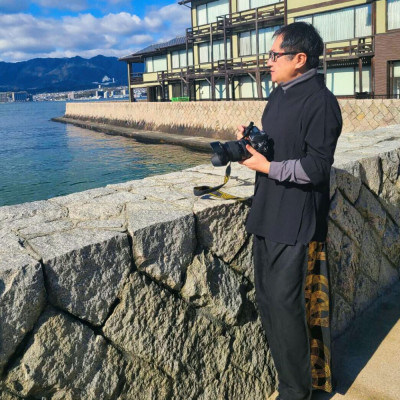 | 大山 儀高 PRO Very inspiring with a new perspective for me. They are all wonderful works. |
 | Asako Naruto PRO Thank you so much for your warm comment, 大山san! |
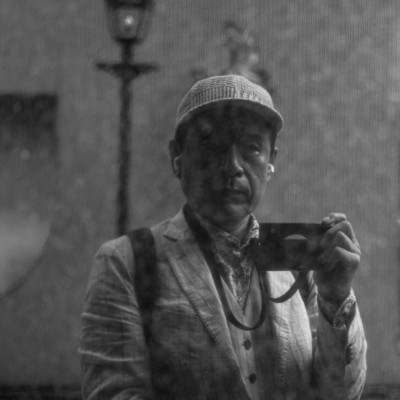 | Yuzo Fujii PRO 素晴らしい作品の数々!フォローさせていただきました。勉強させていただきます! |
 | Asako Naruto PRO Thank you Yuzo san for your kind comments, こちらこそよろしくお願いします。 |
 | SachikoHatsumori PRO 素晴らしいという言葉しか思いつかない自分の語彙力のなさを感じるほどAsakoさんに触れられて感激しました。
本当に素晴らしいインタビューをありがとうございました! |
 | Yvette Depaepe CREW Translation: I was so touched by Asako that I felt my lack of vocabulary to describe it, the only word I could think of was "wonderful." Thank you so much for the wonderful interview! |
 | Asako Naruto PRO Thank you so much Sachiko san!さちこさん、とても嬉しいです!これからもよろしくおねがいします。 |
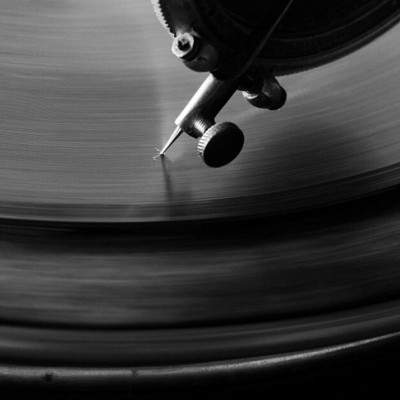 | HAN dong hee PRO Great work and great interviews. Thank you for sharing. |
 | Asako Naruto PRO I'm happy to receive such comments. |
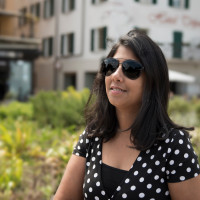 | Rana Jabeen PRO Dear Asako Naruto,..Your work is unique, refreshing and absolutely fascinating...It is interesting to read about your photography journey and vision. Congratulations for the interview...my compliments.
Thank you Yvette for introducing us to this beautiful work..Warm regards Rana |
 | Yvette Depaepe CREW Great comment, Rana. Glad to present Asako to our readers. Cheers, Yvette |
 | Asako Naruto PRO Thank you for your warm words! |